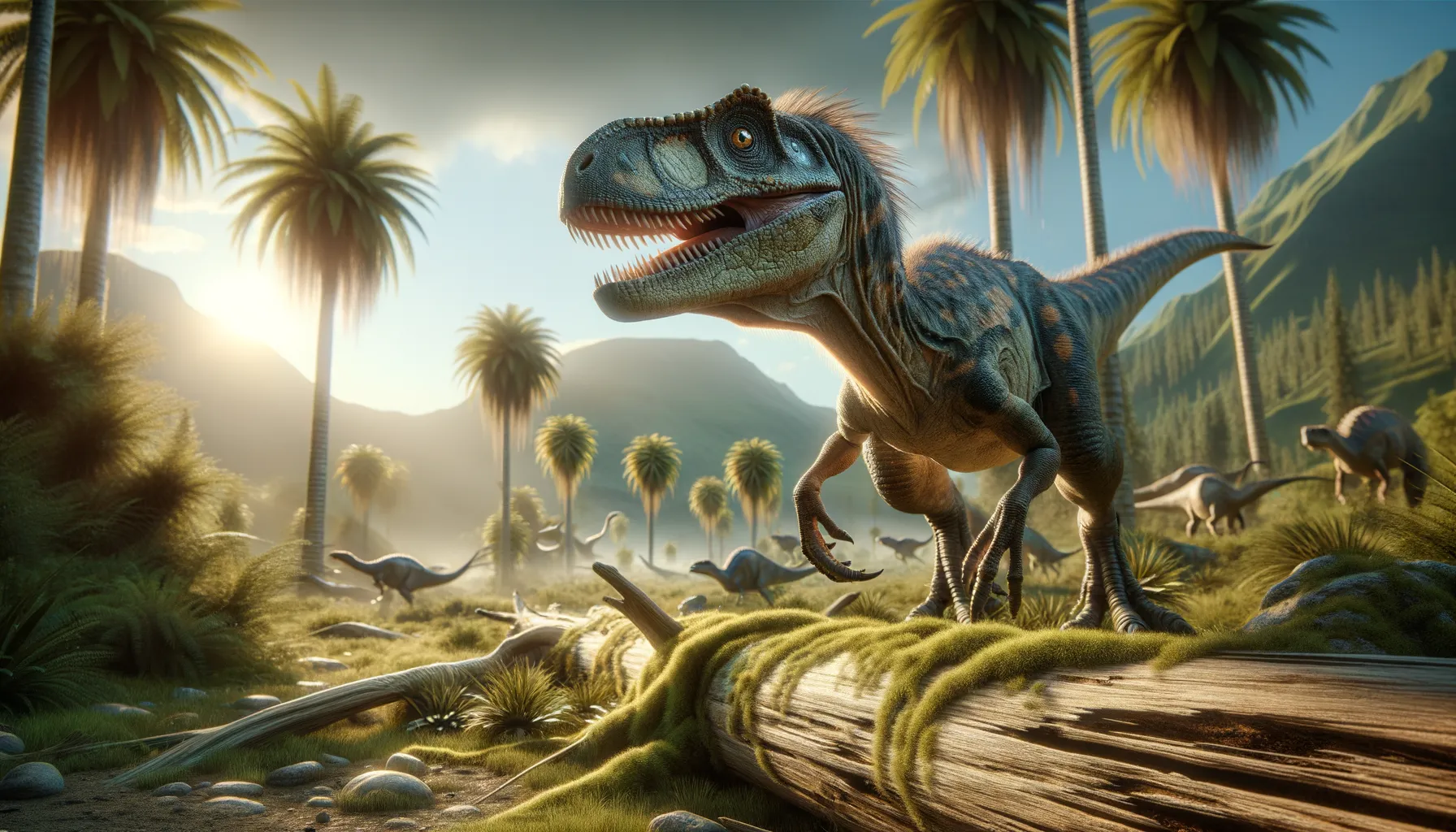
Eoraptor
Triassic's small pioneer of prehistoric times.
Period
Triassic
Length
Measured around 1 to 1.2 meters long.
Height
Stood about 0.5 meters tall.
Weight
Weighed approximately 10 to 20 kilograms.
Eoraptor was a small, agile dinosaur that lived around 231 million years ago during the late Triassic period. As one of the earliest known dinosaurs, it offers valuable insight into the evolution of these remarkable creatures. This carnivorous dinosaur had a lightweight build and sharp, pointed teeth, indicating its position as a predator in its ecosystem.
Diet
Eoraptor likely had an omnivorous diet, feeding on small animals and possibly plants. Its sharp teeth and agile body suggest it could catch insects and small lizards.
Hunting
Eoraptor hunted by using its speed and agility to catch prey. It likely relied on stealth and quick movements to approach unsuspecting targets in its environment.
Environmental challenges
Eoraptor faced a dynamic environment with fluctuating climates and habitats during the Triassic period. Competition for resources was high, as it shared its habitat with other early dinosaurs and synapsids. It had to adapt to changing food availability and possibly migrate to follow food sources.
Speed
Relatively quick for its size, suitable for running.
Lifespan
Estimated to live around 10 to 20 years.
First discovery
Discovered in 1993 in the Ischigualasto Formation of Argentina.
Fun Facts
- Eoraptor is one of the earliest known dinosaurs, having lived about 231 million years ago during the Triassic period.
- Its name, Eoraptor, means 'dawn thief,' because it was one of the first dinosaurs and was thought to be a swift predator.
- Eoraptor was quite small, measuring only about 1 meter (3 feet) in length, roughly the size of a large cat!
- Unlike many later dinosaurs, Eoraptor had both sharp teeth for eating meat and flat teeth for eating plants, suggesting it was omnivorous.
- It walked on two legs and had a lightweight build, making it a fast and agile dinosaur.
- Eoraptor fossils were discovered in Argentina, in a region known today as the Ischigualasto Formation, which is famous for its well-preserved dinosaur remains.
- While Eoraptor might not be as famous as T. Rex, it's considered a key piece in understanding the evolution of dinosaurs.
Growth and Development
Eoraptor likely grew rapidly to reach maturity in a short time due to ecological pressures. This rapid growth helped it evade larger predators and compete effectively for food resources. Its development would have included honing its hunting skills as it matured.
Habitat
Eoraptor inhabited the Ischigualasto Formation, characterized by river systems and seasonal variations. This habitat provided a mixed environment of forests and open spaces, rich in biodiversity. The varied terrain allowed Eoraptor to exploit different ecological niches.
Interaction with other species
Eoraptor coexisted with other early dinosaurs and prehistoric reptiles, competing and preying upon each other. Its interactions likely included both predatory strikes on smaller creatures and evasion strategies to avoid falling victim to larger predators.
Natural lifespan
Its natural lifespan was likely about 10 to 20 years.
Reproduction
Eoraptor reproduced by laying eggs, likely in nests placed in concealed areas. Parental care was minimal, as hatchlings were precocial and could fend for themselves shortly after birth.
Social behaviour
Eoraptor may have exhibited solitary behavior, common among early theropods. However, some evidence suggests they might have engaged in loose social groupings to improve hunting success.
Fossil locations
Eoraptor fossils have been found primarily in the Ischigualasto Formation in Argentina. These fossils provide important insights into the early evolution of dinosaurs. The discovery in Argentina highlights the region's role as a critical location for understanding dinosaur origins.
